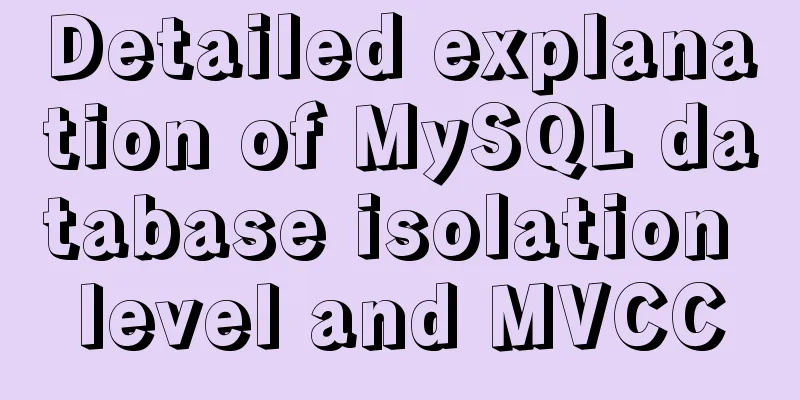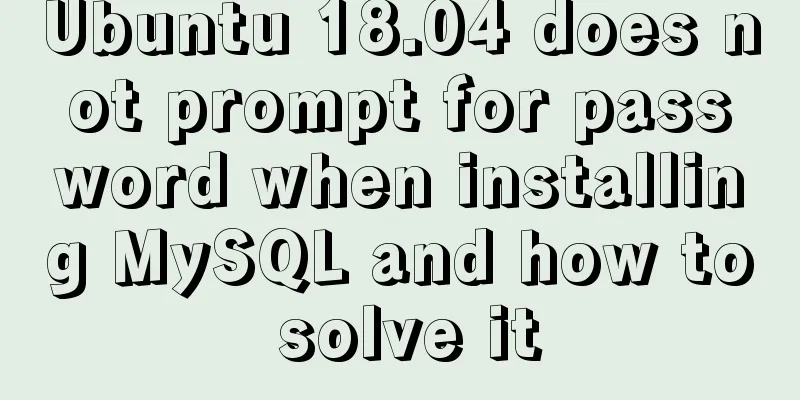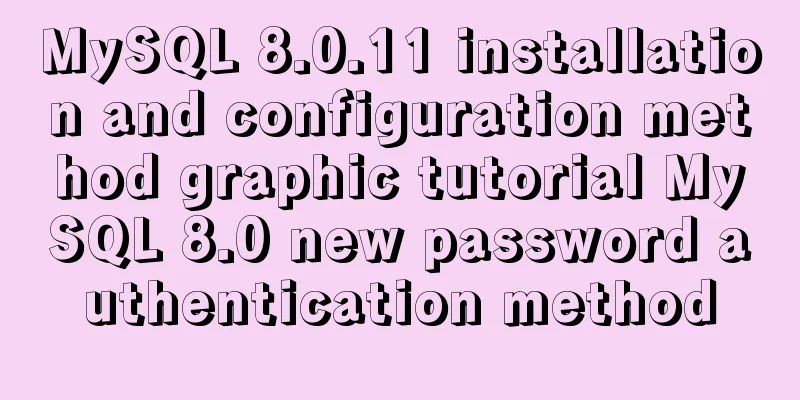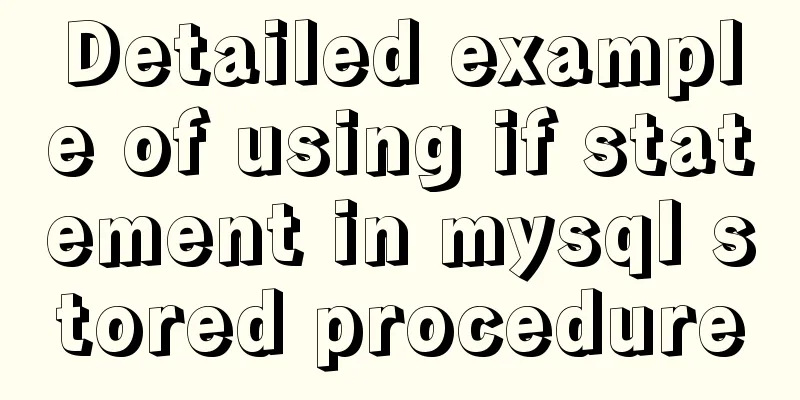Getting Started Tutorial for Beginners ⑨: How to Build a Portal Website

|
Moreover, an article website built with a blog program will always look like a blog, and there are not many customizable things. For example, some people would like to build a larger portal website. How to do it? I will tell you today. In fact, it is not difficult to build a portal website. Even if you want to build a website that looks like QQ.COM or 163.COM, it is completely possible and easy. Just like building a blog site, there is also a ready-made program for building a portal site, that is CMS (What is CMS?). CMS is highly customizable. As long as you know a little bit about HTML, you can make any very beautiful template yourself. There are also many mature free and open source CMS programs in China. These mature open source CMS programs are free, and they also have a complete official help system and frequently update the programs to ensure the security of the website. Most websites today are built using open source CMS programs. The program I want to introduce today is Empire CMS (Detailed information of Empire CMS). The reason why I introduce Empire CMS is that Empire CMS is powerful and has the best security performance. Another major reason is that the official forum of Empire CMS is very active. Whether you are a novice or an expert, there will always be someone to help you when you ask relevant questions. Moreover, its help materials are also very complete and suitable for novices in the early stages of use. The first CMS I used as a webmaster was Empire. I learned a lot from it, so I would like to introduce Empire to my novice friends. Empire CMS is a PHP+MYSQL program, so your space needs to support PHP (What is PHP?) and have a MYSQL database (What is MYSQL?). Friendly reminder: All of Chao Shi Yi's virtual hosts support PHP, and those with a size of more than 500M will be given a MYSQL database. Okay, now that you understand the basics, you can start installing and using Empire CMS. First, go to the official website of Empire to download the latest version. The latest version of Empire is version 6.0. The download address is: http://www.phome.net/ecms6/ After entering the download address of Empire CMS, you will see 5 download links, as shown below:
The first two are for displaying simplified Chinese, the middle two are for traditional Chinese, and the last one includes a local test environment, which is usually only downloaded for local testing or for people who have their own servers. Friends who use virtual hosts can directly use the first two. There is no difference between GBK and UTF8. They are the same programs, just with different encodings. (What is the difference between GBK and UTF8?). After downloading the program, unzip it and transfer all the files in the upload directory to the root directory of the website. Note that the upload folder is not included. As shown in the figure:
After uploading all the files in the above picture, enter the installation address of Empire CMS "http://your domain name/e/" in the address bar of the browser. I am testing locally, so my domain name is localhost, and I just need to enter http://localhost/e/install/ in the IE address bar. After pressing Enter, you will enter the installation page, as shown below:
There is no doubt here, just click "I agree", otherwise you will not be able to use it. Ha ha ha ha. After clicking Agree, you will enter a "Detect Operating Environment" page. This step will automatically detect whether your virtual host supports the Empire CMS program. For the installation to be successful, all "√" must be displayed in the "Test Result" column. As shown below:
If the test results show that all are supported, just click Next. Then enter the "Set Directory Permissions" page. This step is to check whether the files and directories have sufficient read and write permissions. If there are insufficient read and write permissions, the installation may fail, or problems may occur during use after successful installation. As shown in the following figure:
Only when all permissions in the above picture are displayed with "√" can you proceed to the next step, otherwise you will not be able to install the program or errors will occur when using it later. If the permission of a directory or file shows “ ×” , you need to modify the permission of the file or directory to 777 via FTP. (How to set directory permissions for files?). After setting, refresh the permission status. If all permissions are displayed as supported, click Next. At this time, we enter the fourth step, configuring the database. As mentioned before, Empire CMS requires space support from PHP+MYSQL database. The configuration database here is the MYSQL database. As shown in the following figure:
In the above picture, you do not need to select the MYSQL version. The default automatic is fine and the system will automatically recognize it. You need to fill in the following four options: database server , database user name , database password , and database name . These four options will be provided to you by the space provider when you purchase space. If the space you purchased comes with a MYSQL database, there will be a database management in the space management background where you can see this information; if the space you purchased does not come with a MYSQL database, you can purchase the MYSQL database separately; please note that many spaces support PHP, but not every space that supports PHP will come with a MYSQL database. For example, for spaces above 500M, a MYSQL database is provided. Although spaces below 500M also support PHP, a MYSQL database is not provided. In addition to the above four options, there is also a "table name prefix", which is used to identify different data tables. If you have more than two Empire CMS installed in your database, you need to modify the "Table Name Prefix", otherwise you can use the default one. The "Table Name Prefix" can be modified at will, but remember that it cannot contain numbers, only letters. In particular, it cannot start with a number, otherwise irreparable errors will occur in future data migration and backup. If you change the "Table Name Prefix", be sure to remember it. Next time if your website needs to be migrated, you need to set the "Table Name Prefix" to the same as the original one during installation. Don’t worry about the last “COOKIE prefix”, just use the default one. "Built-in initial data" refers to the data contained in the Empire CMS program itself, which contains a small number of articles, etc. For testing purposes, you can choose Yes. After installation, you can directly see the effect of the data in the foreground. After the test, you can delete the data in the background. Of course you don't have to choose. After filling in all of these, click Next. If the database information is filled in correctly, the system will automatically install the system at this time, otherwise an error prompt will pop up. After the installation is complete, go to step 5 to initialize the administrator account. That is to set up your website's backend administrator account. As shown in the figure:
After completing the settings, click Next. At this time, you will be redirected to the login page of the website backend. If it does not jump automatically, you can also directly enter the address http://your domain name/e/admin/ and then log in with the backend administrator account you just set. The first step after installation is to update the system. Click "Data Update" at the top of the background to enter the data update page, as shown below:
In the large box in the picture above, just click on each button in order from right to left and from top to bottom. After updating the data, you can go to your website homepage to view the effect. If you selected "Yes" in "Built-in initial data" when you installed it just now, you will see a more beautiful effect now; if you did not choose to install the initial data, the page will be displayed as empty or with many error prompts, this is because your website has no data. In this way, you can easily install Empire CMS. CMS can be versatile and can change the template of the web page at will. If you know basic HTML, you can familiarize yourself with the tags that Empire uses to call data, and then make your own template styles; if you don’t know how to make your own templates, you can also go to Empire’s official website to find various templates. If you haven't installed or used Empire CMS yet, you can take a look at the Empire demo first: Front page of the website: http://ecmsdemo.phome.net Empire official complete installation tutorial: http://www.phome.net/doc/ecmsedu/rm/install.htm Empire template installation tutorial: http://bbs.phome.net/showthread-35-29399-0.html Empire CMS template download address: http://www.phome.net/zy/template/ (There are many template styles here) Empire CMS official forum: http://bbs.phome.net/ Finally, let me explain why I recommend and use Empire CMS as a case study. The reason is very simple. The first CMS I came into contact with when I was seriously building a website was Empire. This is because the learning atmosphere in the Empire official forum is very good. As long as you humbly ask for advice, there will definitely be someone to help you find the answer. This is difficult to surpass in the official forum of any CMS in China, at least I haven't found it yet. On the contrary, there is another CMS that is also used by many people. When I used it for the first time, I asked a question on its official forum, but no one replied for a week. More than ten days later, I went back to look for the answer by chance, and I saw that 5 people replied to my question post, and all of them were sarcastic and said that I was dumber than a pig. I would like to thank Empire CMS here. She can be considered as my enlightenment teacher. |
<<: Do you know the common MySQL design errors?
>>: About scroll bar in HTML/removing scroll bar
Recommend
Let you understand how HTML and resources are loaded
All content in this blog is licensed under Creati...
MySQL Optimization: InnoDB Optimization
Study plans are easily interrupted and difficult ...
Pure CSS to display the √ sign in the lower right corner after selecting the product
Recommended articles: Click on the lower right co...
Solve the problem of combining AND and OR in MySQL
As shown below: SELECT prod_name,prod_price FROM ...
How to configure static network connection in Linux
Configuring network connectivity for Linux system...
Tutorial on deploying springboot package in linux environment using docker
Because springboot has a built-in tomcat server, ...
Some questions about hyperlinks
I am very happy to attend this episode of potato ...
Usage of Linux userdel command
1. Command Introduction The userdel (user delete)...
Best Practices for MySQL Upgrades
MySQL 5.7 adds many new features, such as: Online...
How to install centOS8 in VMware12 (tutorial on installing centos8 in vm virtual machine)
CentOS8 was released a few days ago. Although it ...
Detailed explanation of the Svelte implementation principle for simple and easy JavaScript development
Table of contents Demo1 create_fragment SvelteCom...
Weird and interesting Docker commands you may not know
Intro Introduces and collects some simple and pra...
JavaScript object built-in objects, value types and reference types explained
Table of contents Object Object Definition Iterat...
Troubleshooting of master-slave delay issues when upgrading MySQL 5.6 to 5.7
Recently, when upgrading the Zabbix database from...
Native JS to implement real-time clock
Share a real-time clock effect implemented with n...

















